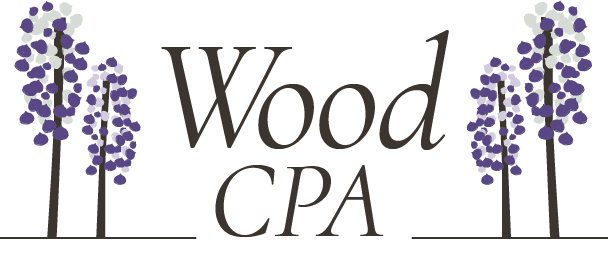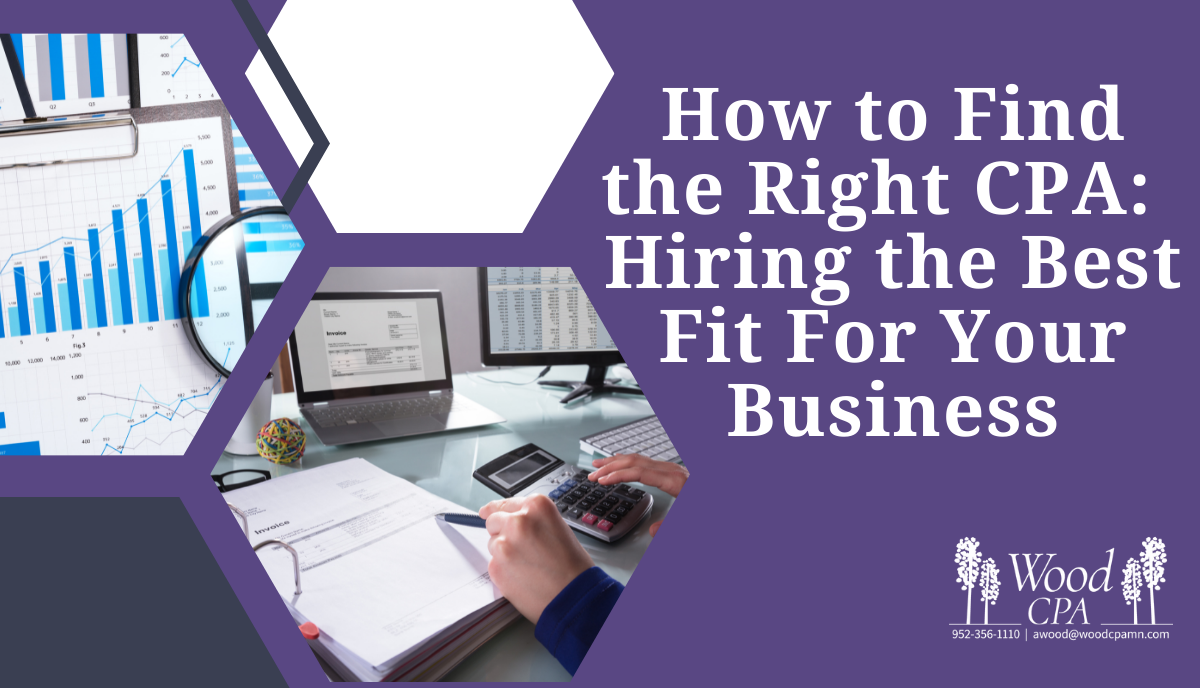
Accounting Terms all Business Owners Should Know…
Every industry has its own jargon. In order to best utilize the services of a particular industry, you need to speak the language. When it comes to accounting, it’s important to have an understanding of basic accounting terms, even if someone else handles all of your company’s bookkeeping and accounting tasks.
Learning the language of accounting will not only allow you to communicate more effectively with your financial team, investors, and accountant, it will also help you better understand your own financial reports so you can make well-informed business decisions. From small businesses to large corporations, all business owners should know the following accounting terms.
General Accounting Terms
● Bookkeeping: The task of recording every transaction in an accounting system. A Bookkeeper makes these entries and ensures they are done correctly.
● Certified Public Accountant (CPA): A trained accountant who has passed rigorous tests to be certified. The CPA designation helps ensure professional standards are met in the accounting industry.
● Generally Accepted Accounting Principles (GAAP): A common set of accounting principles, standards, and procedures issued by the Financial Accounting Standards Board.
● Fiscal Year: A 12 month period of financial records for a business. This period can correspond to the calendar year but it doesn’t have to. Each business can choose when their fiscal year begins and ends based on what makes the most sense for their industry.
● General Ledger: A complete recording of financial transactions over the life of your company, including assets, liabilities, revenue, expenses, and equity. The General Ledger is needed to prepare all financial statements.
● Accounts Receivable: Money customers owe to your business for goods or services provided. These amounts are recorded as assets on the balance sheet.
● Accounts Payable: Money your business owes to creditors or suppliers. These amounts are entered as liabilities on the balance sheet.
● Trial Balance: A worksheet used by accountants to check their work – a way of making sure all debits equal all credits.
● Chart of Accounts (COA): An index of all financial accounts in the General Ledger, broken down into subcategories.
● Journal Entry and Debit/Credit: Every transaction entered into the accounting system is called a journal entry. Each journal entry has two sides: a debit and a credit. The debit side will increase the amount in a given account; the credit side will decrease another account by the same amount. The debit and credit sides of each journal entry must be equal.
Two Methods of Accounting
● Cash Basis: Transactions are recorded when cash changes hands. This method is most often used by sole proprietorships and smaller businesses that don’t maintain inventory.
● Accrual Basis: Revenues and expenses are recognized at the time of the transaction (even if cash hasn’t changed hands yet). This method requires tracking receivables and payables and is the standard accounting method for most businesses. This method is required by law for companies in the US and Canada with revenue over $25 million.
Types of Financial Statements
● Income/Profit & Loss Statement: Shows the performance of your business (revenues, expenses, and profit/loss) over a period of time. Revenue – Expenses = Profit or Loss.
● Balance Sheet: A snapshot of your company’s financial status: a summary of its assets, liabilities, and equity.
● Cash Flow Statement: Shows the movement of cash in and out of your business – an important tool for understanding your business’s health.
Income Statement Terms
● Cost of Goods Sold (COGS): Expenses needed to create a product or service, including materials and labor.
● Revenue: The sum of all money generated by your company before subtracting expenses. This can include sales of goods or services, interest or royalties charged, sales of assets, and more.
● Gross Income: The amount left when COGS is subtracted from revenue. Also referred to as gross profit. Revenue – COGS = Gross Income.
● Expenses: Costs incurred by your business. These can be fixed costs like rents or salaries, or variable costs that fluctuate depending on sales or production cycles.
● Net Income: The amount left over after all expenses (including COGS, operating expenses, and taxes) have been subtracted from revenue. All Revenues – All Expenses = Net Income.
Balance Sheet Terms
● Assets: Anything of monetary value owned by your business, including tangible items like land, buildings, equipment, and cash as well as intangible items like client lists, brand names, patents, and copyrights. Current Assets are those that are expected to convert into cash within a year (cash, inventory, accounts receivable) and Fixed Assets are those that are not as easily converted to cash (equipment, real estate).
● Liabilities: Your company’s financial obligations, including salaries, taxes, rents, interest payments, or money owed to suppliers – a.k.a., financial debts.
● Equity: The amount of money you and your investors would receive if all of your company’s assets were liquidated and debts paid off. In other words, the portion of your company you and your investors own outright. Assets – Liabilities = Equity.
Cash Flow Statement Terms
● Cash Flow: The amount of cash or cash equivalents moving into and out of your business. The goal is to have positive cash flow (more coming in than going out).
● Operating Cash Flow (OCF): The amount of cash or cash equivalents left after operating expenses have been subtracted. OCF is a good measure of how successful your business is at bringing in revenue through its normal activities.
Managerial Accounting Terms
● Managerial Accounting: The practice of interpreting financial statements to make well-informed business decisions.
● Liquidity: Refers to how easily your assets can be converted into ready cash without affecting their market price. Liquidity reflects your company’s ability to meet its short-term debt obligations.
● Solvency: Reflects your company’s ability to meet its long-term debts and financial obligations. Solvency demonstrates your company’s ability to stay in business long term.
● Return on Investment (ROI): A way to evaluate the efficiency of potential investments by measuring the financial return on an investment relative to its cost. ROI = (Current Value of Investment – Cost of Investment) / Cost of Investment.
Whether you manage your own books or hire someone else to do it, understanding these basic terms will help you run your business more effectively and make better-informed financial decisions.
Managing your company’s accounts can feel overwhelming, but we’re here to help. Wood CPA offers a variety of accounting services for your business, including outsourced accounting, payroll services, bookkeeping, tax planning, and more. Don’t hesitate to contact us for all of your accounting needs – we’re here to help you reach your financial goals!








